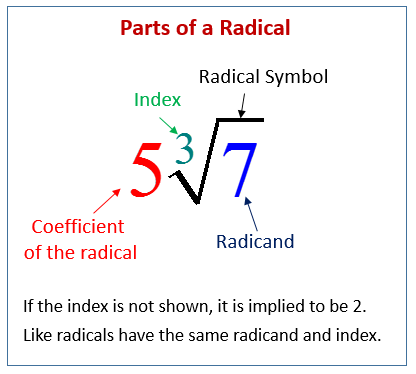In week 5 of Pre-Calculus 12, we learned how to factor. We learned about Factoring 1-2-3
Factoring 1-2-3 consists of 3 steps which are the following
Step 1. Find one thing in common. Remove the greatest common factor. In this case, everything was divisible by 2 so we can factor that out and put that as a coefficient.
Step 2. 2 terms? Difference of squares. 4 is a perfect square and 16 is so we can factor those out and simplify it as seen in the photo below. We should know that (2x)(2x) will leave us with $latex 4x^2
If you get stuck at a step, then it means that it is prime and not factorable. Below is an example. After we went through step 1, we couldn’t factor out anything else.








 The radicands are the same so we can add them as seen below
The radicands are the same so we can add them as seen below



